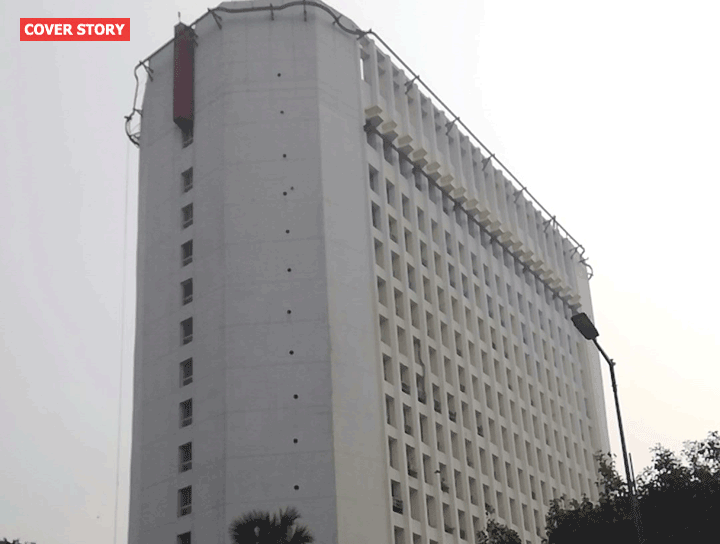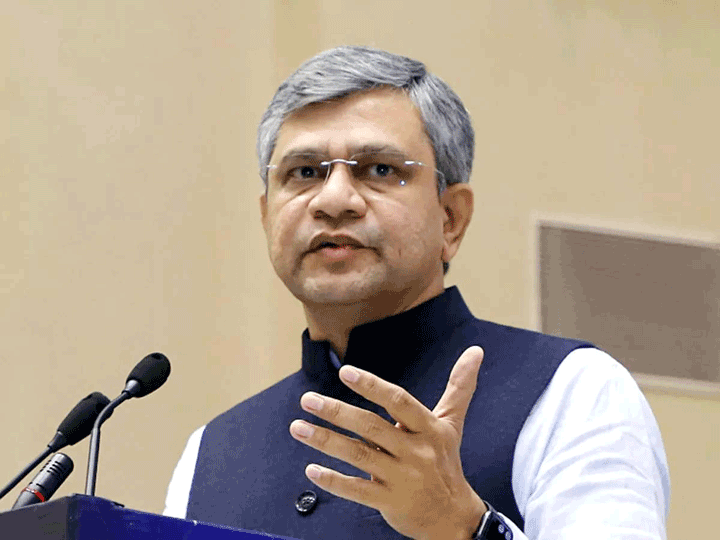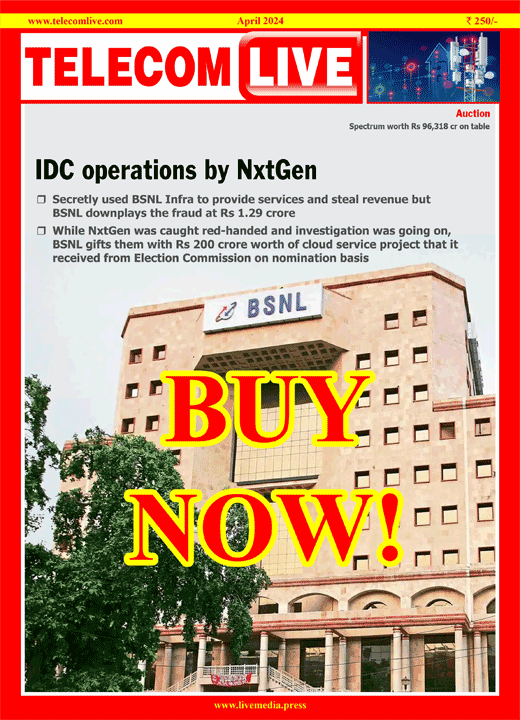National Telecom Policy 2018 must set stage for ‘Telecom-Plus’ era
The National Telecom Policy (NTP) 2018 is on the anvil. There have been a lot of deliberations — and opinions sought from the ecosystem, including industry and the regulator — about what NTP 2018 should look like. It is expected that the Department of Telecom will incorporate most of the enabling and constructive suggestions it receives.
There could have been no better time than this for a new telecom policy. As we usher in a new, digitally-led India, telecom has a vital role to play. Hence the policy merits an overhaul — not only in content and scope, but also in outlook.
Telecom is no longer a vertical or a sector or a segment. It has, within a matter of three to five years, lost its tall, vertical structure to achieve a leaner, horizontal orientation. It is now present in every industry and sector.
First it was an add-on to the resources and infrastructure over which an organisation is built. Now it has taken precedence and is the first layer of infrastructure over which other layers reinforce the strength of an organisation or enterprise, equipping it with all requisite capabilities to contribute in a digital era.
From an individual’s point of view, telecom has become the lifeline not only of communication, but all sorts of information and services. The trend is only going to become distinct as millennials grow and take charge of the nation.
For the government, telecom is a ray of hope. India’s evolution after independence has been marked by different development patterns and paths — and has resulted in inequalities, a consequence also of scarce resources and diverse requirements.
Now, with digital platforms, the government is looking at harmonising the growth between urban metros and the rural pockets. While harmonisation of physical infrastructure would take decades, digital enablement would at least arrest the information — and hence, opportunity — imbalances that typically arise out of a metro city and a rural village.
Over the years, the best achievement of the government has been spreading awareness about importance of going digital. Citizens across the country today understand how a digital world can reshape their lives. There is also an understanding of how digital can be integrated with traditional economic activities, resulting in higher earnings and improved standards of living.
Similarly, citizens are aware of the social engineering that can be designed over digital platforms, by providing access to healthcare and education.
Given this background, the NTP 2018 has to essentially “weave” telecom networks into the socio-economic profile of the country. This means not viewing telecom in isolation. Rather, it means understanding how telecom can result in “value-added integration” in other sectors — socio as well as economic.
NTP 2018 should set the cornerstone for a “Telecom-Plus” era. With Smart Living, Industrial 4.0, Digital Economy, Connected World, eBusinesses, eGovernance and several such technology-led concepts poised to result in paradigm shifts in strategy, implementation, execution and measurement, telecom is not only going to be pivotal but also a focal point of the digital ecosystem.
The success and efficacy of all such concepts will only be determined by how strongly telecom is integrated with every other sector and segment. For instance, digital healthcare will only achieve the desired goals if telecom is deeply integrated into healthcare.
Similarly, transport, governance, education, commerce, finance, agriculture and every such industry and sector has to have very deep integration with telecom. This is what erases the boundaries of telecom and spreads its impact and influence in every other sector.
The NTP 2018 has to position itself as the umbrella vision document that sets the stage for India to enter into a digital world. This won’t happen if the policy only addresses telecom, which is a given thing.
The success of the policy would rather be determined by how effectively telecom is horizontal-ised so that each sector embraces its power in its core, creating a lot many use cases for industry and benefits for the citizens. As well as the government.











